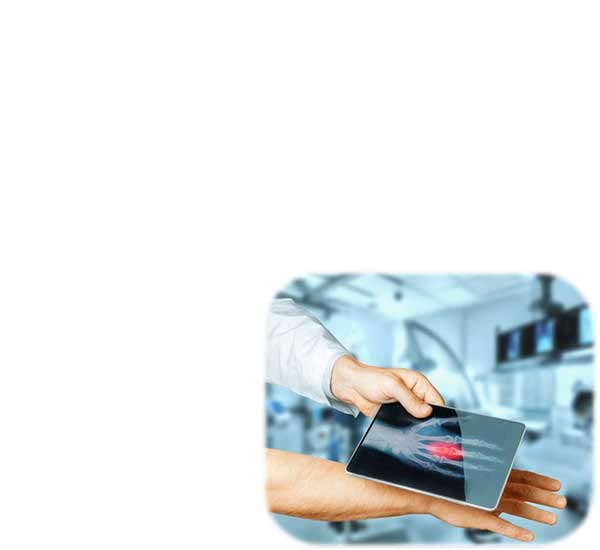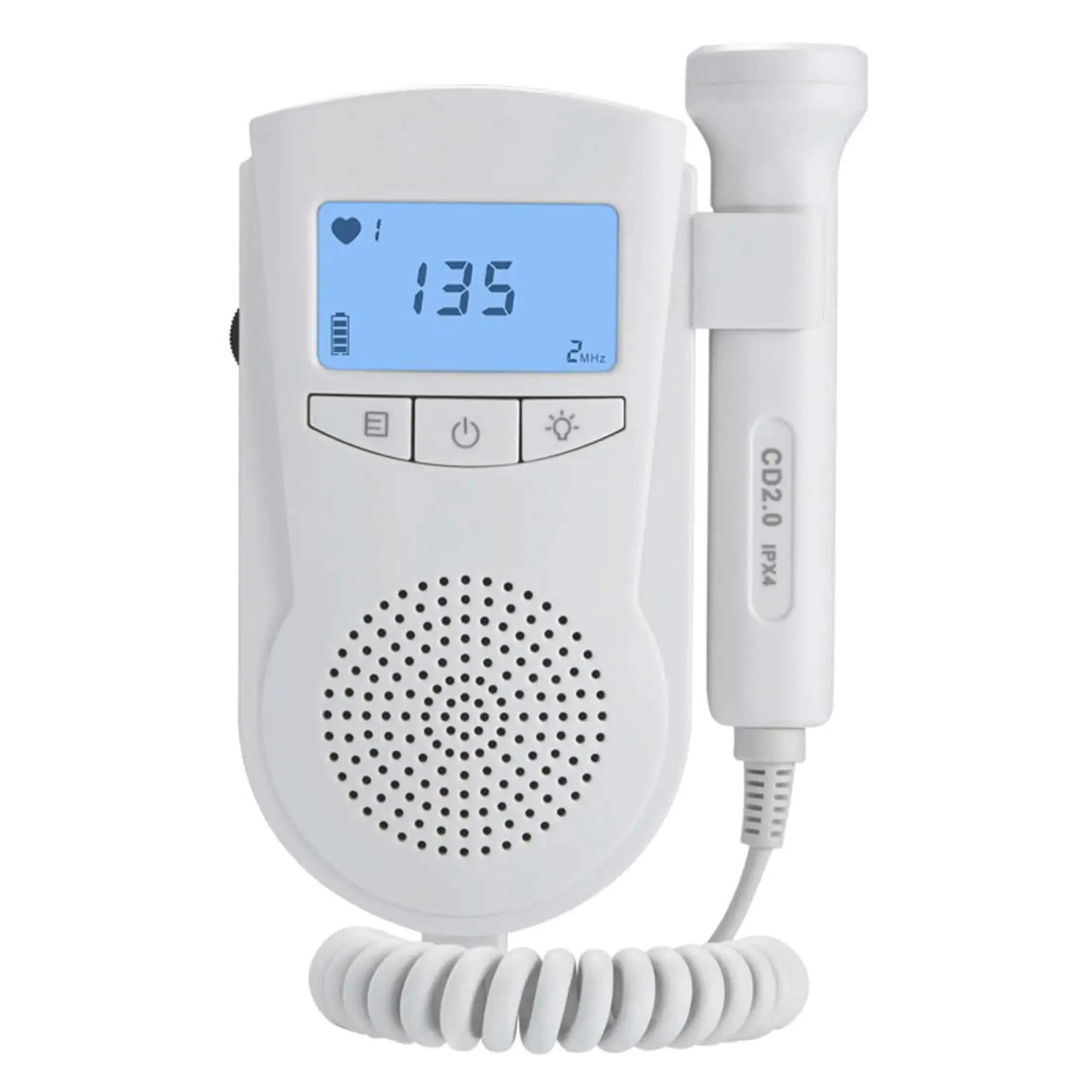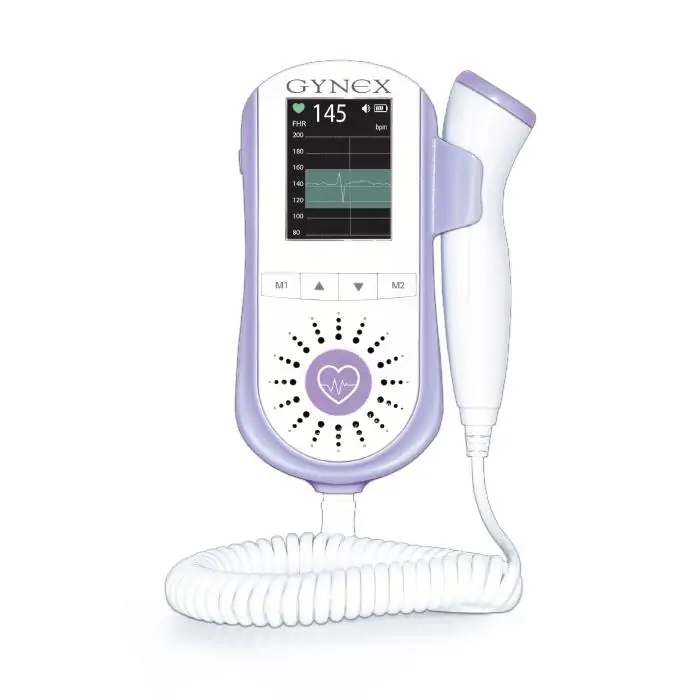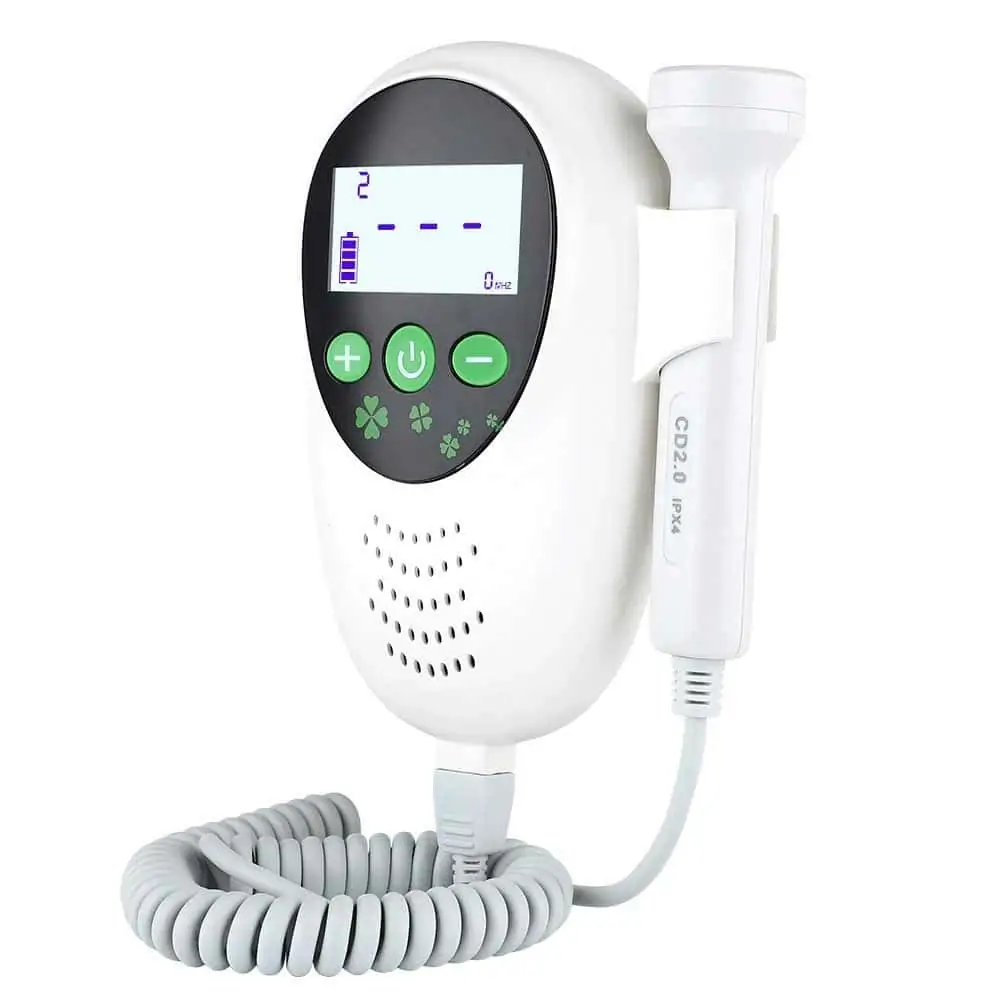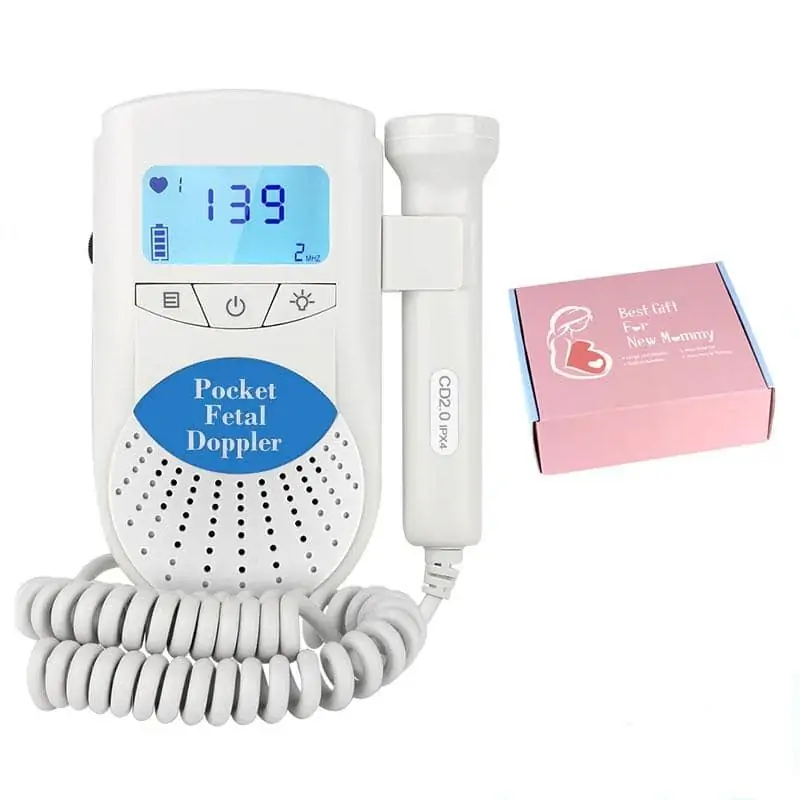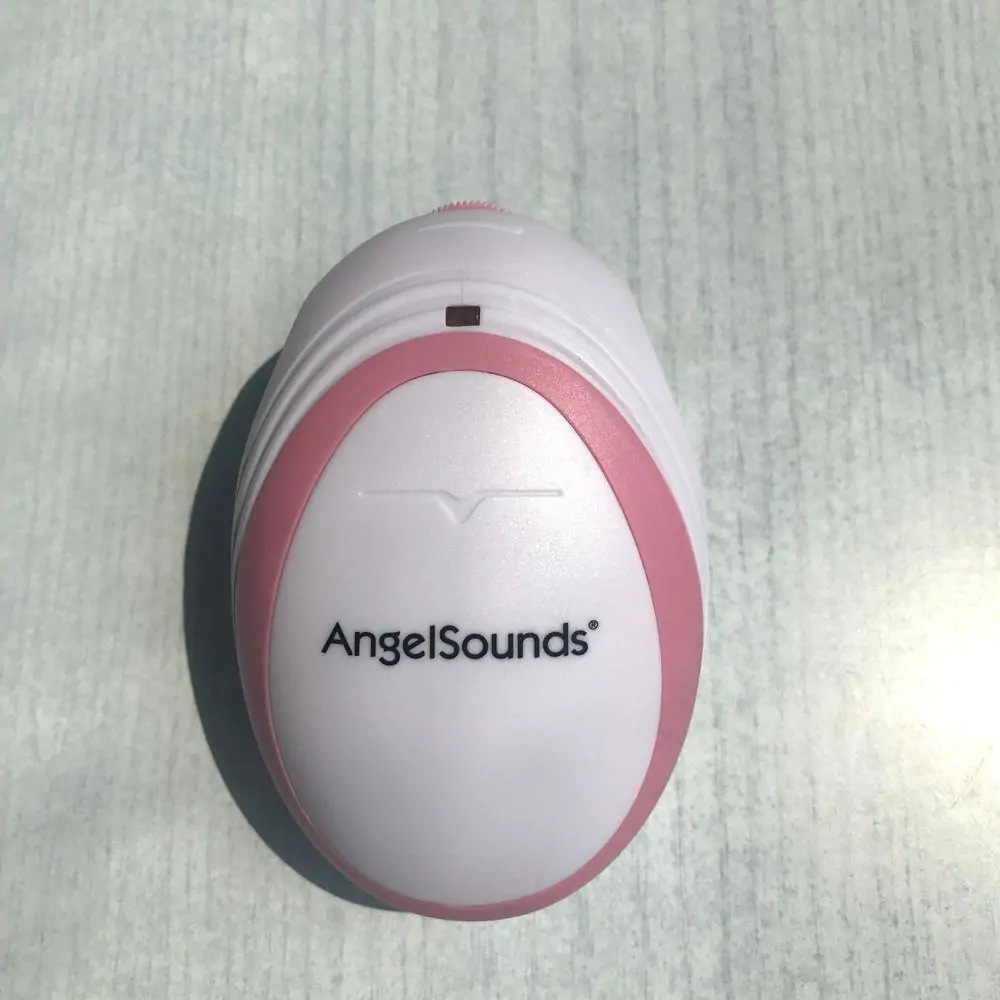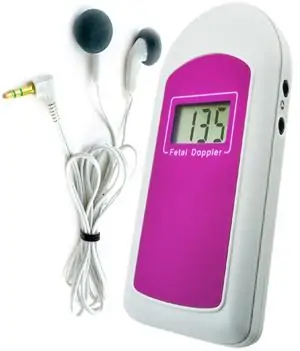Digital Fetal Doppler: A Thorough Guide to Monitoring Fetal Health Leave a comment
Digital Fetal Doppler
Introduction
in the modern age of pregnancy monitoring, technology plays a crucial role in ensuring the health of both the mother and the fetus. One of the most notable advancements in this field is the Digital Fetal Doppler. This handy device allows expectant mothers to listen to their baby’s heartbeat right from the comfort of their home. In this article, we will explore what a digital fetal Doppler is, its benefits, practical tips for usage, and personal first-hand experiences.
What is a Digital Fetal doppler?
A digital Fetal Doppler is a portable ultrasound device that uses high-frequency sound waves to detect and amplify the fetal heartbeat. it is indeed an increasingly popular tool in prenatal care, offering parents early reassurance about their baby’s well-being.
How Does It Work?
The working principle of a digital fetal Doppler is based on the Doppler effect. Here’s a simplified breakdown:
-
- Sound Waves: The device emits high-frequency sound waves towards the fetus.
-
- Echoes: These sound waves bounce off the moving heart of the fetus and return to the device.
-
- Signal Processing: The device processes the returning sound waves, converting them into audible sounds.
-
- Output: The heartbeat can then be heard through a speaker or headphones.
Benefits of Using a Digital Fetal Doppler
Digital Fetal Dopplers offer several important advantages for expectant families. Here are some notable benefits:
-
- Peace of Mind: Listening to your baby’s heartbeat can definitely help alleviate anxiety and give parents reassurance about their little one’s health.
-
- Convenience: This portable device allows for at-home monitoring, making it a convenient option between prenatal visits.
-
- Early Detection: Detecting fetal heartbeats early can identify potential health issues, leading to timely intervention if necessary.
-
- Bonding Experience: It provides an opportunity for parents to bond with their unborn child before birth.
Practical Tips for Using a Digital Fetal Doppler
Using a digital fetal Doppler can be a straightforward process, but there are some best practices to keep in mind:
-
- Timing: It’s best to use a fetal Doppler between 10 to 14 weeks of pregnancy. The heartbeat is typically easier to detect after the 12-week mark.
-
- Prepare the Area: Choose a quiet environment to enhance sound clarity. You might want to reduce any background noise.
-
- Hydration: Avoid using lotion or moisturizing cream on the abdomen before using the Doppler. Dry skin helps the device pick up signals better.
-
- Use Gel: Applying a thin layer of ultrasound gel can significantly improve sound transmission.
-
- Patience is Key: Sometimes, it may take a few moments to find the heartbeat, especially in early pregnancy. Don’t get discouraged!
-
- Follow instructions: Always adhere to the manufacturer’s guidelines and consult your healthcare provider if you have any concerns.
First-Hand Experience
Many parents who have used a digital fetal Doppler describe their experiences as joyous and heartwarming. Here are a few testimonials:
Jessica’s Journey
“When I first heard my baby’s heartbeat using the Doppler, I couldn’t hold back the tears. it was such an overwhelming experience that truly made my pregnancy feel real. It became a routine moment for my partner and me every weekend.”
Mark’s Reflection
“At first, I was hesitant about using the Digital Fetal Doppler. But after hearing our baby’s heartbeat for the first time, I became a believer! It was a bonding experience, and I highly recommend it to all expecting parents.”
Case Study: Effectiveness of Digital Fetal Dopplers
| Case Study | Outcome | key Findings |
|———————-|————————————-|—————————————————–|
| Patient A | Early detection of irregular heartbeat | Maintained healthy monitoring led to timely consultation. |
| Patient B | Reassured parents through late pregnancy | Reduction of anxiety with consistent home monitoring. |
| Patient C | Enhanced bonding experience | Parents reported feeling closer to the fetus. |
Potential Concerns and Limitations
While digital fetal Dopplers are generally safe, there are some concerns to be aware of:
-
- False sense of Security: not detecting a heartbeat does not always mean there is a problem, but parents may experience unnecessary worry.
-
- Misuse: Overusing the Doppler might lead to anxiety. It should not replace regular prenatal check-ups.
-
- Accessibility: While many families find them helpful, they may not be accessible or affordable for everyone.
Caring for Your Digital Fetal Doppler
To ensure the longevity and functionality of your digital fetal Doppler, consider these maintenance tips:
-
- Cleanliness: Wipe the device with a soft, damp cloth after every use.
-
- Storage: Keep it in a cool, dry place to prevent damage.
-
- battery Care: Replace batteries as advised in the manual to maintain accurate readings.
Conclusion
A Digital Fetal Doppler can be an invaluable tool for expectant parents. It allows families to connect with their babies even before birth, providing both reassurance and a sense of bonding. By following user tips and understanding the device’s limitations, parents can benefit from using this technology. as with any medical device, it’s important to use digital fetal Dopplers responsibly and in conjunction with regular prenatal care. Remember, this device is a supplement, not a substitution for professional medical advice. Embrace the journey of pregnancy and create lasting memories with the sound of your baby’s heartbeat.
—



